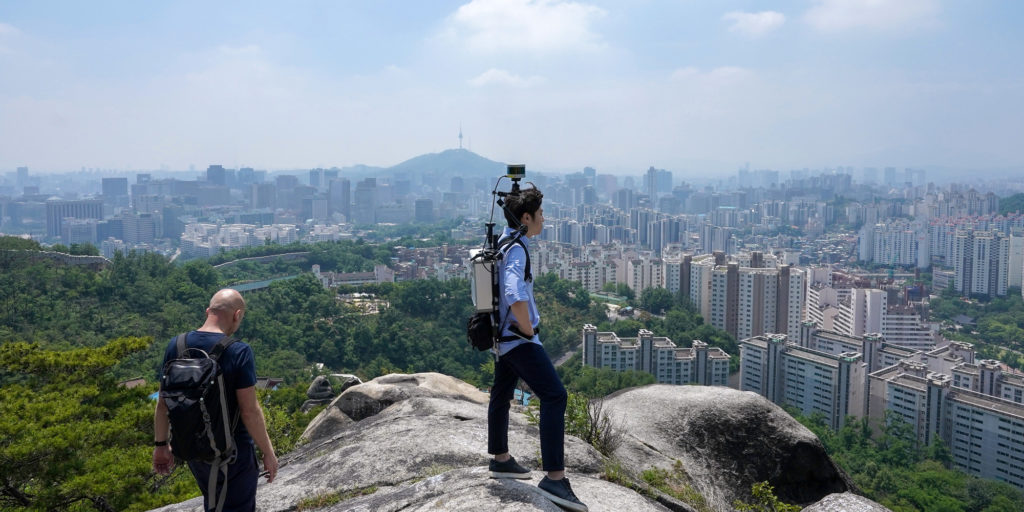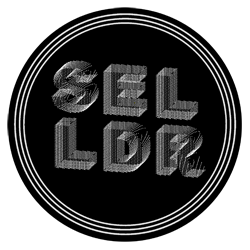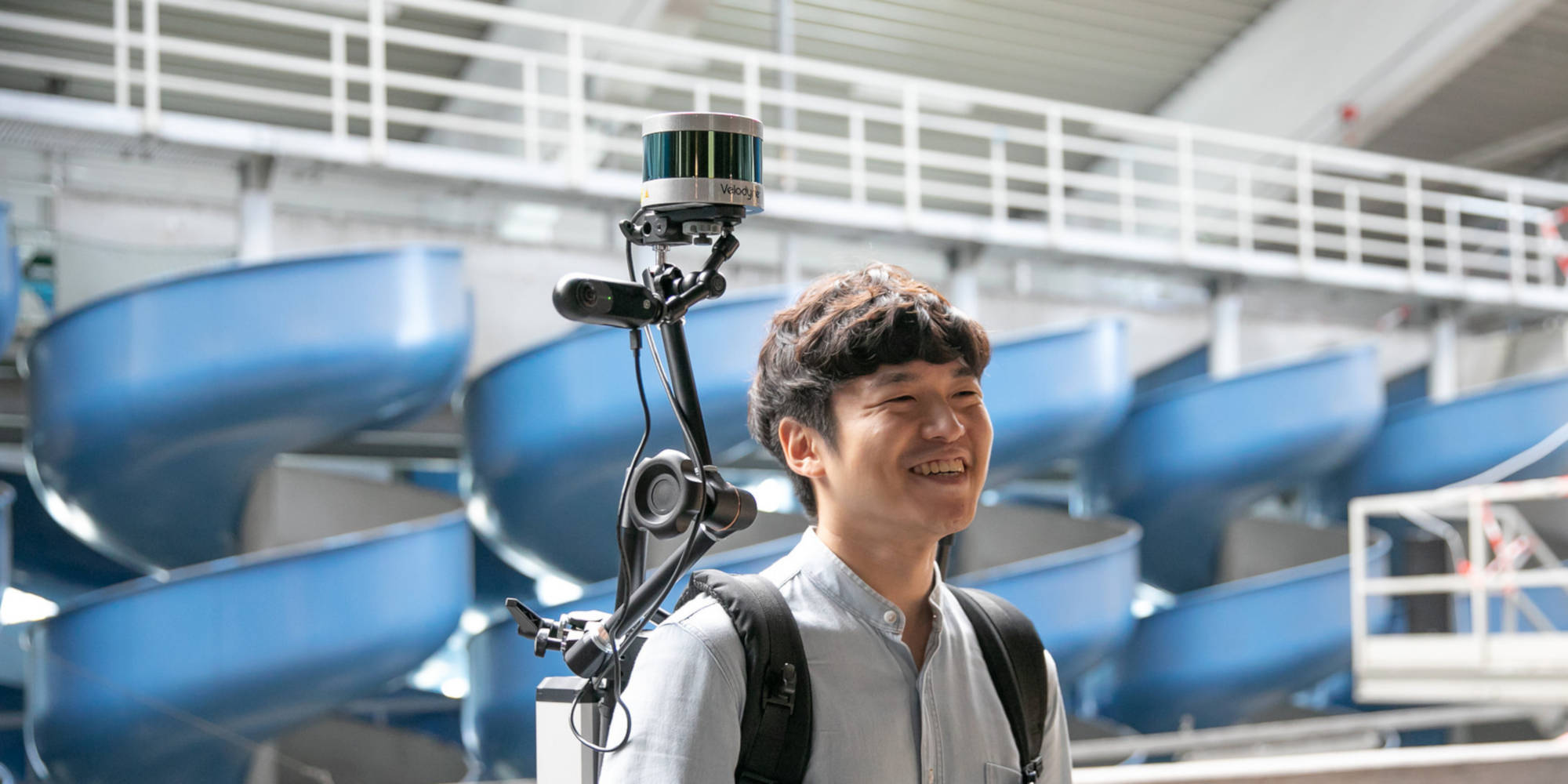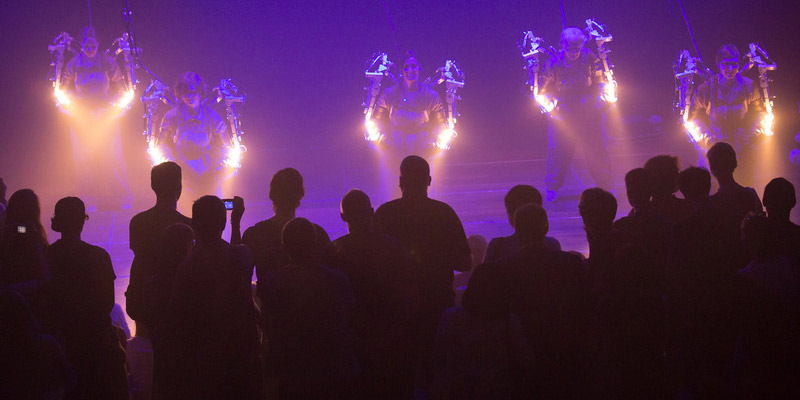Seoul LiDARs focuses on the non-intended use of industrial technology through various artistic approaches. Volumetric Data Collector is built on the idea of mobilizing a LiDAR sensor, a 3-D-laser sensor commonly used on autonomous vehicles, as an extended sense organ of a human body.
Volumetric Data Collector is our first experiment translating between a LiDAR sensor and a human sensor, and from a 3-D-point cloud to visual data. We packed a LiDAR, a display monitor and peripheral devices in a portable unit, to be carried around Seoul by walking to places that are otherwise inaccessible. This (in)efficient device is combined with human mobility, performing a simple task of collecting a 3-D-point cloud of the carrier’s surroundings. For three days, we collected volumetric data of Seoul’s historic places such as a high security inner-city mountain, alleys of an old electronics market and a now-defunct prison. This seemingly parasitic device visualizes three-dimensional spatial information onto the monitor on the carrier’s back.

This experiment shifts LiDAR senses into a completely different perspective by de/re-purposing its intended function and integrating human mobility. It is an examination of how spatial sensing technology, a non-human sense that could either be a potent counterpart or an expansion of human senses, could define city space, thus influencing human perception.
Credits:
Hyun Parke, Jinoon Choi, Sookyun Yang
Supported by ZER01NE



